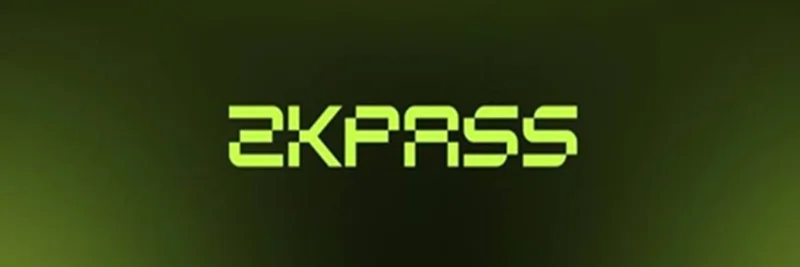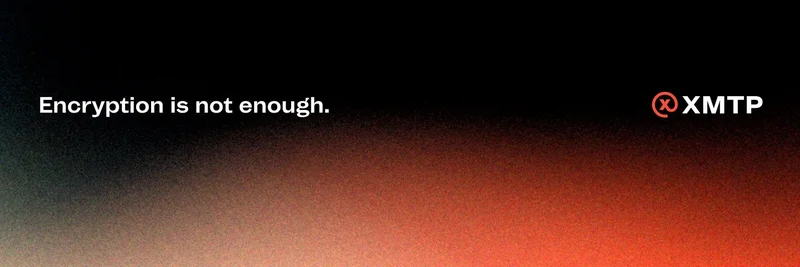Hey there, crypto enthusiasts! If you’ve been scrolling through X lately, you might have stumbled upon an intriguing post by mert | helius.dev (@0xMert_). In this tweet, Mert drops a bold statement: blockchains—except for Bitcoin—are essentially platforms. And the key to their success? Attracting developers to build apps on them. Let’s dive into this idea, unpack the responses it sparked, and see what it means for the future of crypto.
Why Blockchains Are More Than Just Ledgers
Most people think of blockchains as the backbone of cryptocurrencies like Bitcoin or Ethereum. But Mert’s take shifts the perspective: blockchains (outside of Bitcoin) are becoming platforms, much like how iOS or Android serve as foundations for app development. The logic is simple—platforms thrive when developers choose them to create applications. Those apps, in turn, bring in users, creating a thriving ecosystem. It’s a classic chicken-and-egg scenario, but with code and crypto.
For example, Ethereum kicked off this trend by enabling smart contracts, which let developers build decentralized apps (dApps). Today, platforms like Solana and others are jumping into the fray, each vying for developer attention with promises of speed, low costs, and scalability.
The Developer Magnet: Crypto’s Secret Sauce
Mert’s tweet boils down to one question: Can a blockchain attract enough developers to build on it? If the answer is yes, the platform has a shot at success. Developers are the kingmakers here, as one responder, 3YESHART, put it. They create the tools, games, and financial services that draw users in. Without devs, a blockchain is just an empty ledger—no matter how secure or decentralized it is.
Take Solana, for instance. Solana Sensei chimed in, proudly claiming Solana is already winning this game. Its high throughput and low transaction fees have lured developers to build everything from NFT marketplaces to DeFi protocols. But it’s not all smooth sailing—some, like Kadir Uludağ, raise a skeptical eyebrow, asking about blockchains that “buy” devs with incentives. This hints at a darker side: are some platforms gaming the system with paid talent rather than organic growth?
Challenges and Critiques
The thread also highlights a few hurdles. OL points out that many in crypto are chasing quick liquidity rather than long-term development. This short-term mindset could stall platforms that need sustained innovation. Meanwhile, tycayomide mentions “MegaETH,” suggesting that user- and developer-friendly designs are the way forward. It’s clear the community is split—some see potential, others see pitfalls.
Interestingly, the idea of devs as the core isn’t new. A recent study on ScienceDirect explores how platforms like Hyperledger and R3 Corda stand out due to their developer-friendly features. Plus, with over 8,000 blockchain-related projects added to GitHub yearly (per the same source), the demand for skilled devs is skyrocketing.
What This Means for Meme Coins and Beyond
At Meme Insider, we’re all about keeping you ahead in the meme coin game, and this discussion ties in perfectly. Meme coins, like those trending in 2025 (check out this article on meme coin trends), often rely on quirky appeal but need solid blockchain infrastructure to scale. If a platform can’t attract devs to build sustainable tokenomics or security features—like quantum-resistant algorithms—these projects might fizzle out.
The takeaway? Blockchains as platforms are the next big thing, but success hinges on developer adoption. Whether it’s Solana’s speed or a new contender like MegaETH, the battle for talent will shape the crypto landscape. So, what do you think—will devs crown the next big platform, or are we stuck in a liquidity trap? Drop your thoughts in the comments, and let’s keep the conversation going!




